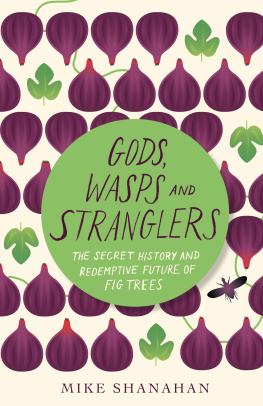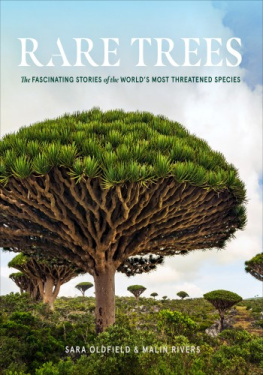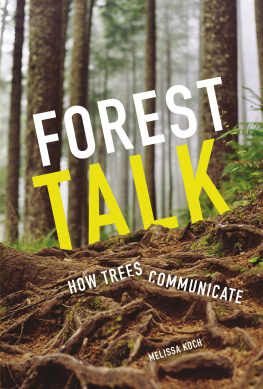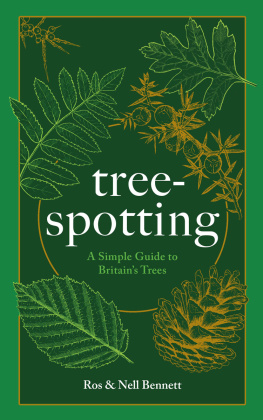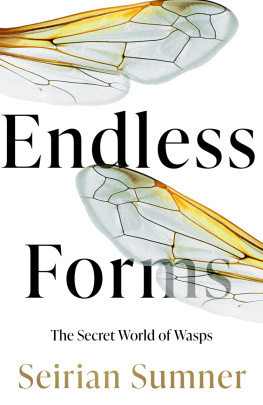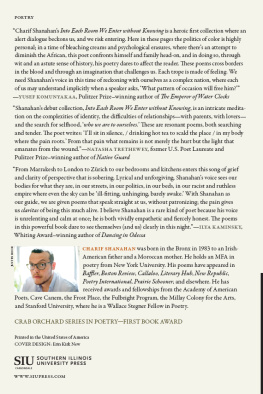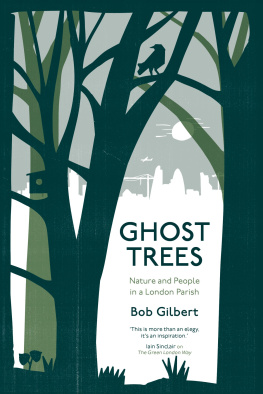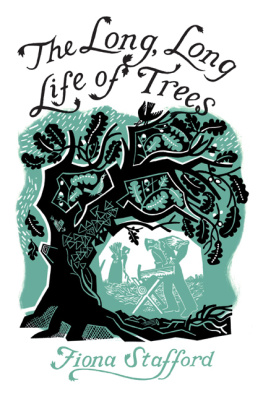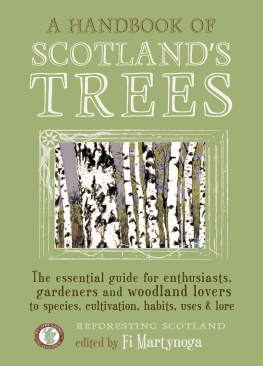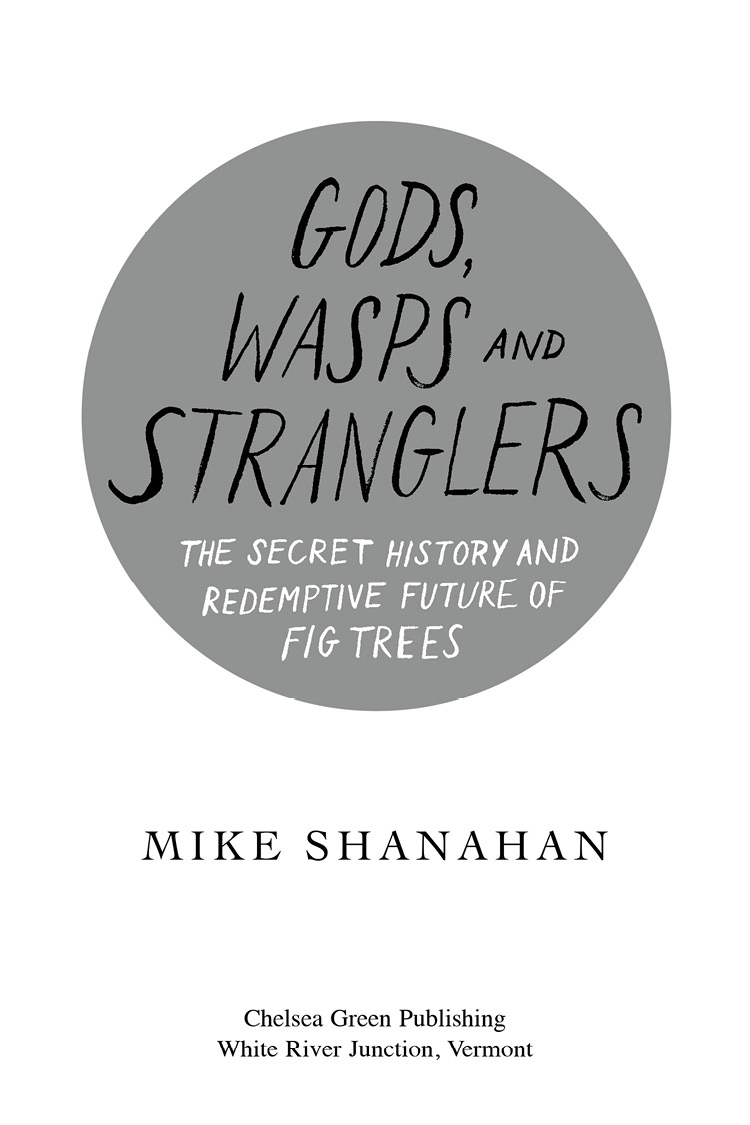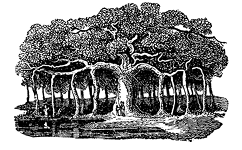Praise for Gods, Wasps and Stranglers
This book concerns the stunningly versatile and ancient family of fig trees now being used as a framework species to restore damaged tropical forests. Figs are not only considered the keystone species in forests but are perhaps the worlds most perfect treethey provide highly nutritious fruits with health-giving and medicinal qualities. They attract birds and animals. They grow very rapidly and produce abundant fruits in a few years. They make shade and shelter, their deep powerful roots can break up compacted soils, they draw up water, they prevent erosion, and they have important spiritual qualities. The tree in the Garden of Eden was very likely not an apple but a fig.
Annie Proulx
Surprising, engrossing, disturbing, and promising, Gods, Wasps and Stranglers combines masterful storytelling and spellbinding science. This is a beautifully written and important book about trees that have shaped human destiny.
Sy Montgomery, author of The Soul of an Octopus
The complex web of ecological connections between fig trees, tropical forest animals and plants, as well as people and human culture is nothing short of a marvel. Gods, Wasps and Stranglers is a page-turner and a revelation: You will never again think of a fig as just something to eat. There is no better way to introduce the complexity and wonder of natureand our intricate relationship with it. A must read.
Thomas E. Lovejoy , University Professor of Environmental Science and Policy, George Mason University; fellow, National Geographic Society
In Gods, Wasps and Stranglers , rainforest ecologist Mike Shanahan charts a lifelong love affair with figs, one that has taken him from India to Kenya, through temples and rainforests, all in search of a deeper understanding of what he describes as humanitys relationship with nature. The fig becomes a tasty lens that reveals not only the fruits cultural and biological significance but our relationship to that which most deeply nourishes us.
Simran Sethi , author of Bread, Wine, Chocolate
A real labour of love, concisely and elegantly told.
Fred Pearce , author; environmental consultant, New Scientist
In his insightful book, Gods, Wasps and Stranglers , Mike Shanahan combines poetry and science, history and humanity, to tell a story not only of the fig tree but of life on Earth in all its beautiful and astonishing complexity. In doing so, he reminds us of what a remarkable place we inhabitand how much we should all want to protect and preserve it.
Deborah Blum , director of Knight Science Journalism Program, MIT; author of The Poisoners Handbook
Copyright 2016 by Mike Shanahan.
All rights reserved.
No part of this book may be transmitted or reproduced in any form by any means without permission in writing from the publisher.
Originally published in the United Kingdom by Unbound in 2016 as Ladders to Heaven .
This edition published by Chelsea Green Publishing, 2016.
Illustrations by Mike Shanahan.
Printed in the United States of America.
First printing October, 2016.
10 9 8 7 6 5 4 3 2 1 16 17 18 19 20
Our Commitment to Green Publishing
Chelsea Green sees publishing as a tool for cultural change and ecological stewardship. We strive to align our book manufacturing practices with our editorial mission and to reduce the impact of our business enterprise in the environment. We print our books and catalogs on chlorine-free recycled paper, using vegetable-based inks whenever possible. This book may cost slightly more because it was printed on paper that contains recycled fiber, and we hope youll agree that its worth it. Chelsea Green is a member of the Green Press Initiative ( www.greenpressinitiative.org ), a nonprofit coalition of publishers, manufacturers, and authors working to protect the worlds endangered forests and conserve natural resources. Gods, Wasps and Stranglers was printed on paper supplied by Thomson-Shore that contains 100% postconsumer recycled fiber.
Library of Congress Cataloging-in-Publication Data
Names: Shanahan, Mike, author.
Title: Gods, wasps, and stranglers : the secret history and redemptive future of fig trees / Mike Shanahan.
Description: White River Junction, Vermont : Chelsea Green Publishing, 2016.
Identifiers: LCCN 2016039240| ISBN 9781603587143 (hardcover) | ISBN 9781603587150 (ebook)
Subjects: LCSH: Ficus (Plants) | Human-plant relationships.
Classification: LCC QK495.M73 S53 2016 | DDC 583/.45--dc23
LC record available at https://lccn.loc.gov/2016039240
Library of Congress Cataloging-in-Publication Data
Chelsea Green Publishing
85 North Main Street, Suite 120
White River Junction, VT 05001
(802) 295-6300
www.chelseagreen.com
For Charlotte and Noah
Then the trees said to the fig tree
You come and be our king!
The fig tree replied,
Must I forgo my sweetness,
forgo my excellent fruit,
to go and sway over the trees?
Judges 9: 12-13 (Old Testament)
I have not cut down any fig tree... why then does calamity befall me?
Ravana, the ten-headed demon-king of Lanka,
in The Ramayana (c. 500-400 BCE)
Every fruit has its secret. The fig is a very secretive fruit.
DH Lawrence
Contents
List of Illustrations
ONE
Snakes and Ladders & Tantalising Figs
The figs were big orange beacons that lured me from afar. The snake was lime green and venomous and just centimetres from my face. I found them both near the top of a tall tree in a Bornean rainforest. While the snake was safely coiled on a sturdy branch, all I had were some sweat-soaked fingers to save me from a fall. My heart raced. The snakes unblinking eyes looked as patient as time.
The year was 1998, and I was falling headlong into a fascinating story. The stars of the story are the fig treesthe 750 or so Ficus species. Over millions of years these trees have shaped our world, influenced our evolution, nourished our bodies and fed our imaginations. The best could be yet to come. Fig trees could help us restore ravaged rainforests, stem the loss of wild species and even limit climate change. They could build vital bridges between scientific and faith-based world views. Their story reminds us of what we all share. It warns us of what we could lose.
In Greek mythology, a branch laden with sweet figs was among the temptations that teased the demigod Tantalus during his punishment in the Underworld. Each time Tantalus reached for the figs, the wind wrenched the trees bough beyond his reach. This tale gave English the verb to tantalise. Those dull orange figs in Borneo, with their guardian snake, seemed certain to elude me too. I craved them, though I had no desire to eat their flesh.
The figs adorned the stubby branches of a Ficus aurantiaca , a species that starts out in life on the rainforest floor and climbs up the trunk of a big tree, growing as straight as a charmed snake. As it rises, it paints its host trees bark green with thousands of little leaves. This species relies heavily on primates to eat its figs and disperse the tiny seeds within them. But in this particular forest, Ficus aurantiaca was a plant with problems.
First, few primates remained in the area. The national park I was in was an island of ancient forest, at whose edges lapped a biting tide of oil palm plantations, farms and logging concessions. These man-made habitats posed dangers to primates and other wildlife. Like the national park itself, they were often visited by shotgun-toting hunters for whom a monkey or a gibbon would be a prize kill. But even if primates had been abundant, something else was wrong. Like all fig species, Ficus aurantiaca depends on tiny wasps to pollinate its flowers. That year, however, an intense drought had stricken the national park. By forcing Ficus aurantiaca to stop producing figs, the drought had driven these insects into local extinction.

